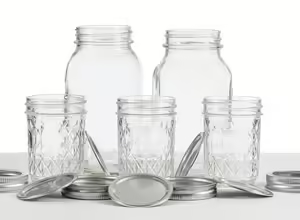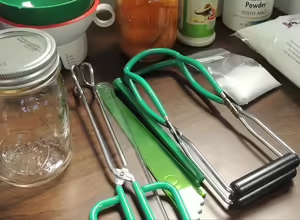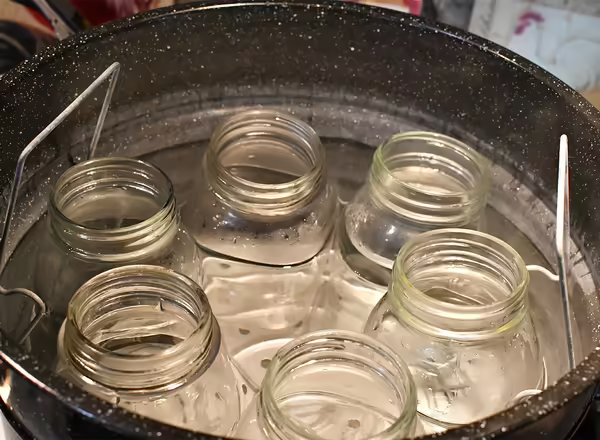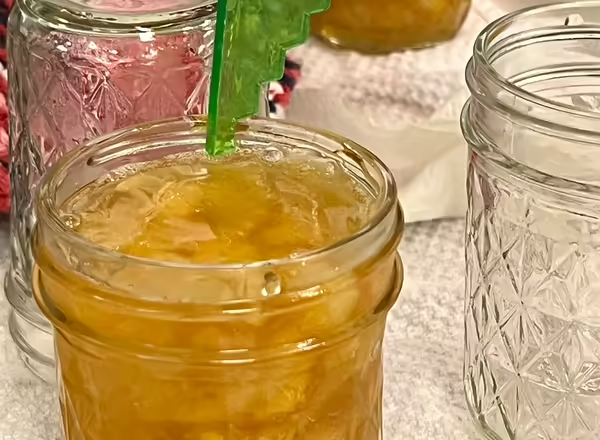Title
The Canning Process
Canning is the process in which food is placed in jars and heated to a high temperature for a prolonged period. During this process, air is driven from the jar, and as it cools a vacuum seal is formed. High temperatures in pressure canning destroy harmful microorganisms and enzymes that can lead to food spoilage. Food canned at home requires specific equipment to allow this process to be completed successfully.

Two-Piece Lids
Use self-sealing lids that work as part of a two-piece sealing system with canning rings (bands). The flat lid creates the seal that keeps processed food safe. The rings or bands screw onto canning jars after the flat lids have been placed, before processing. Lids are safe to use once but cannot be reused for canning purposes. Rings on processed, cooled products may be removed for storage and reused as long as they are free of rust, dents, or other damage.

Mason Type Canning Jars
Use glass jars designed for home canning. Make sure the mouth of the jar has screw threads on the outer perimeter. Jars with rubber gaskets are typically safe for fermented or refrigerated foods but not for canning. Start with clean jars, and always inspect jars before using them. Jars may be reused but may become brittle, scratched, cracked, or chipped with repeated use, causing them to break during processing or preventing the lids from sealing.

Tools and Utensils
A variety of tools and utensils can help support a clean and safe process. Canning tools can often be purchased as a set. Make sure to have a cooling rack, a kitchen timer, and a marker to label processed jars when cool. Use caution around boiling water and when handling hot jars.
- Filling: Mixing spoon, ladle, and funnel.
- Prepping: Bubble freeing tool, ruler eadspace measuring tool, magnetic lid tool, and paper towel.
- Loading/Unloading: Jar lifter and tongs.

Use sterilized jars, bands, and lids for products that will be processed in a canner for less than 10 minutes.
- To sterilize, boil jars for 10 minutes in a boiling-water bath canner.
- Just before filling, carefully remove the hot, sterilized jars from the boiling water with tongs and fill them with the prepared product.
- Then, use tongs to remove the lids and bands from the boiling water, place the lids carefully on jars, and tighten the bands.

Unfilled space above the food in a sealed container and below the lid is called headspace and is needed to allow for the expansion of food while processing. The amount of headspace required depends on the type of food being processed. Starchy foods tend to expand and swell when heated, so make sure to follow the headspace recommendations from a tested recipe.
Measure headspace with a headspace tool or ruler.